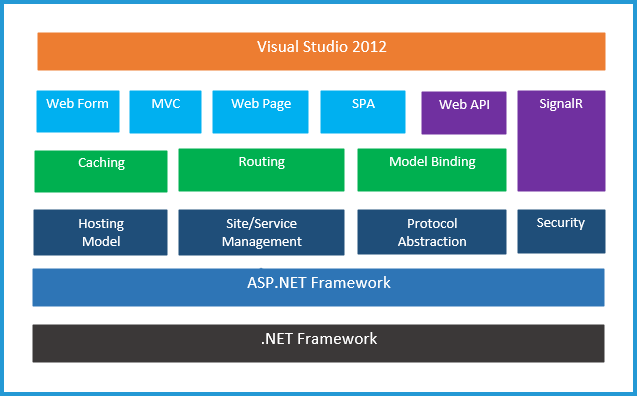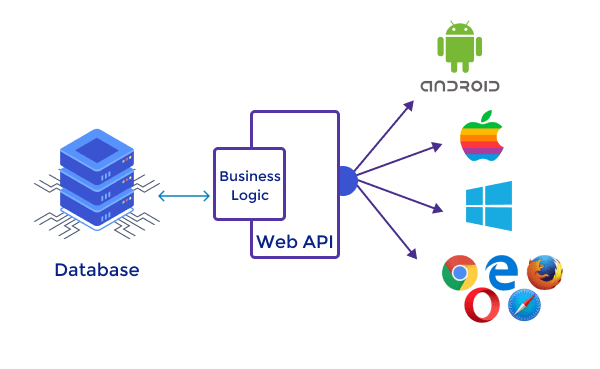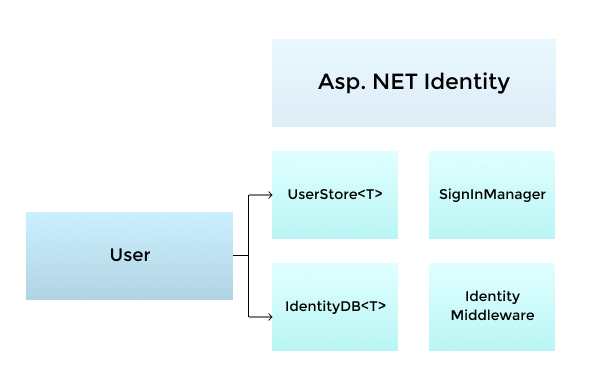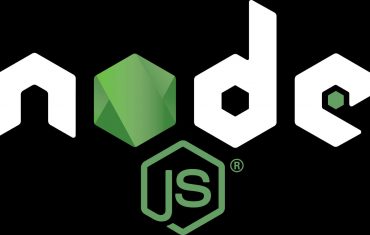ASP.NET is a popular web development framework created by Microsoft that has been around since the early 2000s. It has evolved over the years and has become one of the most widely used web development frameworks in the world. The framework provides developers with a powerful set of tools and features that make it easy to build robust, scalable, and secure web applications. In this article, we will explore understanding the basics of ASP.NET web development and how it works.
Table of Contents
ASP.NET Architecture

ASP.NET is built on top of the .NET Framework and follows a multi-tier architecture. The multi-tier architecture consists of three layers: the presentation layer, the business logic layer, and the data access layer.
The presentation layer is responsible for rendering the user interface and handling user input. It includes the HTML markup, CSS stylesheets, and JavaScript code that make up the web page. In ASP.NET, the presentation layer is typically built using either Web Forms or MVC.
Web Forms is a web application framework that enables developers to create web pages using server-side controls and event-driven programming. Web Forms is based on a page model where each page is a self-contained unit that contains all the code required to generate the HTML output. Web Forms also provides a rich set of controls that make it easy to build complex UI elements.
MVC, on the other hand, is a web application framework that follows the model-view-controller (MVC) architecture pattern. MVC is designed to provide developers with more control over the HTML markup and the URL structure of their web applications. MVC is based on the idea of separating the application into three distinct components: the model, the view, and the controller.
The model represents the data and business logic. The view displays the data to the user, and the controller handles user input and updates the model and view accordingly. This separation makes it easier to maintain and test the application.
The business logic layer handles application logic and implements business rules. It is responsible for processing data and making decisions based on that data. In ASP.NET, the business logic layer is typically implemented using classes and methods that are called from the presentation layer.
The data access layer communicates with the database and retrieves or updates data. In ASP.NET, the data access layer is typically implemented using ADO.NET or an object-relational mapping (ORM) framework like Entity Framework.
ASP.NET Web API

ASP.NET Web API is a framework for building HTTP services that can be consumed by a variety of clients, including web browsers, mobile devices, and desktop applications. Web API is based on the REST architecture and uses HTTP verbs to perform CRUD (Create, Read, Update, and Delete) operations on data.
Web API provides a simple and flexible way to build HTTP services that can be consumed by any client that can communicate over HTTP. Web API is often used to build APIs for mobile and web applications, as well as for integrating with third-party services.
ASP.NET Identity

ASP.NET Identity is a membership system that provides a framework for managing user authentication, authorization, and other security-related tasks. Identity makes it easy to implement authentication and authorization features in your web application.
Identity provides a set of classes and APIs that allow you to manage users, roles, and permissions. It also provides support for external authentication providers like Microsoft, Google, and Facebook.
Conclusion
ASP.NET is a powerful web development framework that provides developers with a wide range of tools and features for building robust, scalable, and secure web applications. Whether you are building a simple website or a complex enterprise application, ASP.NET has the tools you need to get the job done. By understanding the basics of ASP.NET web development, you can start building your own web applications with confidence.







